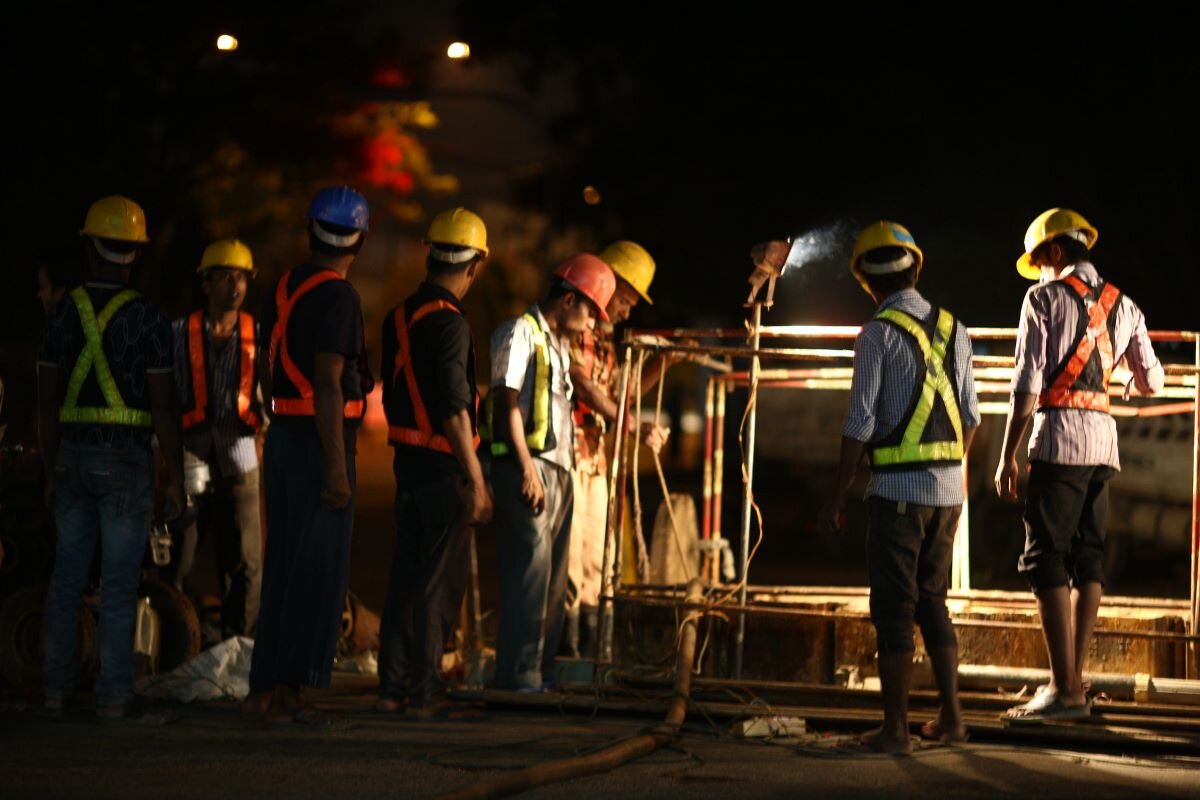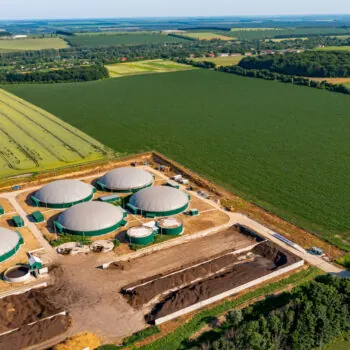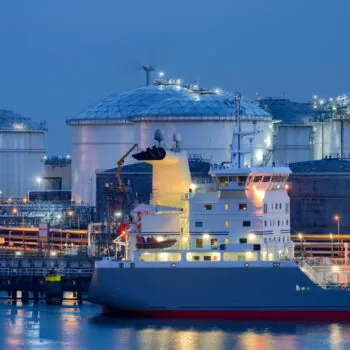The Russian invasion has had severe reverberations beyond Europe. The world finds itself in an unprecedented situation: a G20 economy has been sanctioned and a country key to the global food basket has been attacked. The IMF suggests there might be permanent scarring from both COVID-19 and the current conflict. Global growth has been downgraded — inflation is making a comeback.
The impact across the world is asymmetric. Food and energy exporters might be benefiting from price increases, but importers are suffering. The EU is in geographic proximity to the conflict and its exposure to Russian energy unparalleled. Yet, many developing economies, which are big fuel and food importers and still dealing with COVID-19 due to lack of vaccine access, are much less resilient to skyrocketing prices.
Global debt levels have risen to a new high following COVID-19. Total borrowing value is 15% higher than pre-pandemic. 60% of least developed countries and other low-income countries are now assessed at a high risk of or in debt distress, double the value in 2015. In the short term, the need to service external debt could force a choice: support for health, education, warm homes or the production of goods? In the long term, this will impact the ability to invest in more economically and environmentally resilient growth pathways.
These choices spell out a potential social and development disaster. If the West fails to respond — while dialling up the pressure on global fuel markets for inaction to cut demand at home — this could also cost the West valuable political partnerships at a time when it needs more, not less.
Rethinking development policy: Bangladesh, Pakistan and Tunisia
In Bangladesh, gas consumption tripled over the last 20 years, making it the country’s biggest energy source. Now, it faces prices on spot markets of up to five times the long-term contract prices. These were already supported by subsidies equivalent to 0.4% of GDP to make them affordable. Government projections indicate that over five times the planned budget would be needed for gas, electricity and fertilisers. Yet, very recently, the IMF has commented on gas consumption subsidies in connection with the volatility of liquid natural gas (LNG) – a measure that may encourage some to switch away from gas, but that has adverse distributional impacts. It did not recommend the obvious: measures to cut gas use. Investing in demand-side efficiency alone could shave 15% off Bangladesh’s energy consumption in 2030, effectively shifting the composition of the country’s ‘consumer basket’ away from fossil fuels, reducing inflationary pressure and the subsidy load. Meanwhile, the World Bank, Asian Development Bank and Asian Infrastructure Investment Bank have continued to fund gas power generation in the country despite excessive overcapacities and the budgetary implications of imported gas.
In Pakistan, gas is integral to the country’s export base. The cost of subsidising industrial gas use could increase to around half of the budget allocated to fighting COVID-19 this year – three times what was estimated. Pakistan has a choice. Either increase the price to producers, likely affecting export revenues, or cut the supplies – under the IMF deal subsidies must be fully covered in the budget. Shrinking fiscal space has already forced the government to reduce electricity subsidies for domestic consumers. Foreign reserves are now barely sufficient for two months of gas imports. Meanwhile, the IMF has forged ahead with a set of fiscal reforms that remove incentives for further renewables deployment. This could eventually reduce electricity prices for domestic consumers.
In Tunisia, the purchase of fossil fuel imports requires $2bn of foreign reserves. The 2021 budget was calculated at an oil price of $45 US, which escalated to $79 by the end of 2021 – almost doubling the costs to the budget. Rising fuel and commodity import costs are among the factors that have led to Fitch’s downgrading of the country to “CCC”, further limiting its ability to borrow.
Three ways for the global economic development agenda to respond
To re-establish trust international institutions need to shed old energy economic paradigms in light of new realities:
1. As this crisis may force renegotiation of debt deals with the IMF, upfront fiscal commitments that reduce exposure to volatile commodity prices, such as efficiency measures or renewables investments, should be exempted from spending constraints.
2. The international support ecosystem needs to step up its analysis. For example:
- The IMF should develop a framework for mapping the risks of a gas import-dependent development pathway. This should include the risks around economic stability as gas market volatility continues throughout the transition. The IMF should apply this in its assessments of country loans and debt sustainability — and compare its performance to alternatives, in particular renewables or energy efficiency.
- Development banks should reflect price volatility as part of the assessment of gas infrastructure funding. They should provide support to countries in developing 1.5C aligned pathways to assess market changes and the risk of asset stranding.
3. The EU’s global quest for gas imports to replace Russian gas should be kept to a workable minimum to reduce pressure on the global market. Analysis suggests that 2/3 of Russian gas can indeed be replaced by clean energy by 2025.


